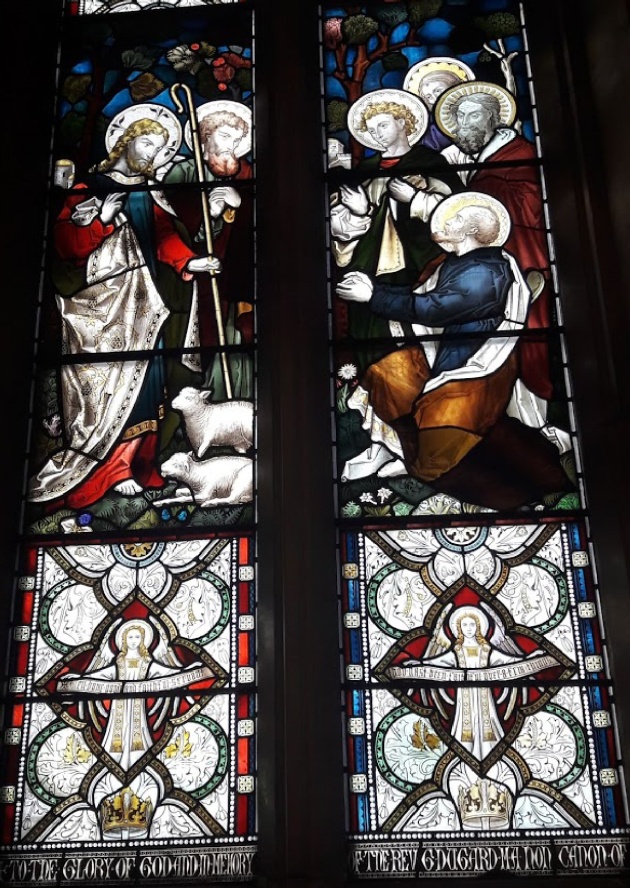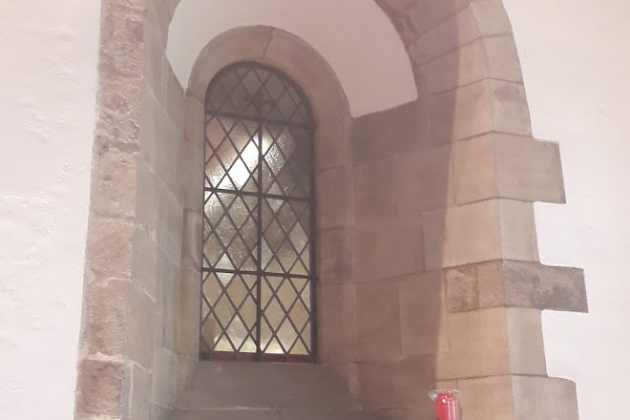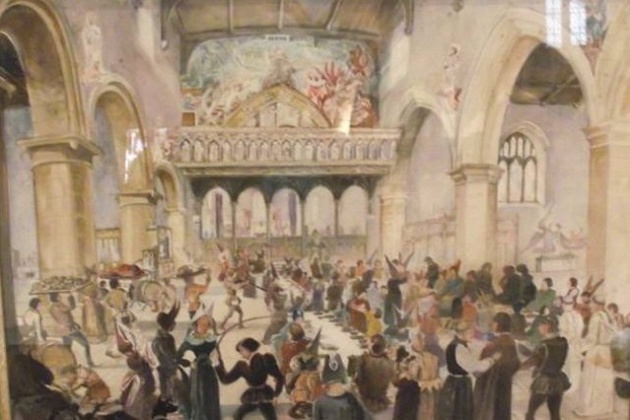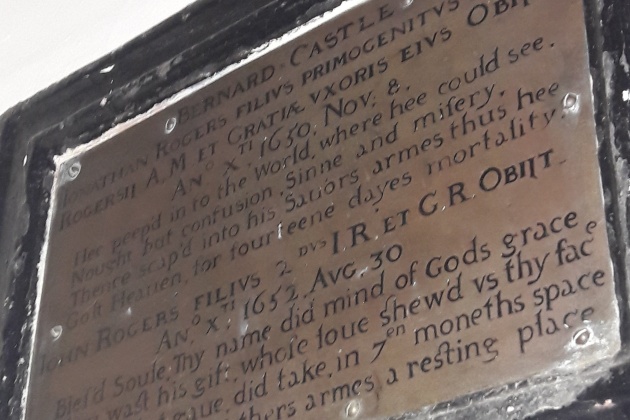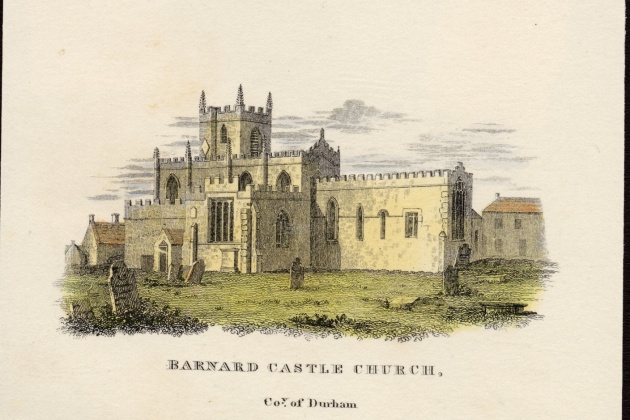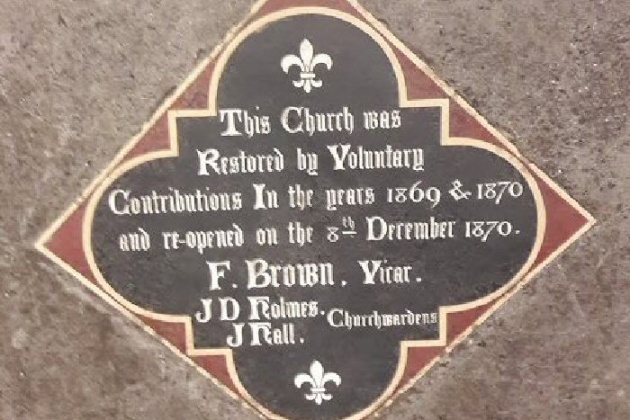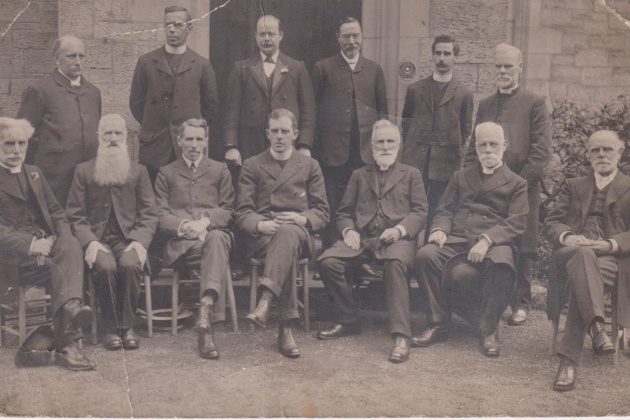St Mary's Vicars Timeline
Discover all about the priests who have served St Mary's over nearly 900 years.
Vicars, curates, clerks, priests and chaplains - who's who and what's what!
Whilst clergy across the centuries have had different names and styles, they have all made their mark on St Mary's and the parishioners of Barnard Castle.
When St Mary’s was first built in the early C12th, the church was inextricably linked to the Baliols who built the town and castle of Barnard Castle: its first priest seems to have been a member of the family! Bernard Baliol I granted the church of Barnard Castle (amongst others) to St Mary’s Abbey in York, and the Abbey continued as patrons of the living, appointing its vicars and curates, until it was ‘dissolved’ during the reign of Henry VIII. The church then passed to the newly-founded Trinity College, Cambridge, which today still holds the patronage of St Mary’s Barnard Castle and appoints its vicar.
Until 1866 those serving as ministers at St Mary’s were variously called:
- ‘presbyter’ [priest] or ‘vicar’ (of both Gainford and Barnard Castle – St Mary’s Barnard Castle was the daughter church of St Mary’s Gainford)
- ‘chaplain’ [of St Mary’s Barnard Castle, since it was referred to as a ‘chapel’ in its earliest years].
Confusingly, there were also chaplains who were solely attached to the chantries (small altars) inside St Mary’s – the chantries of Our Lady/Blessed Virgin Mary, the Trinity Guild, and St Katherine.
- ‘clerk’ (which is related to the word ‘cleric’)
- ‘curate’ [a junior priest to the Vicar of Gainford and assigned solely to the “cure” or ‘care’ of Barnard Castle]. Post-1865, any ‘curates’ at Barnard Castle were newly-ordained, junior colleagues to the vicar of St Mary’s.
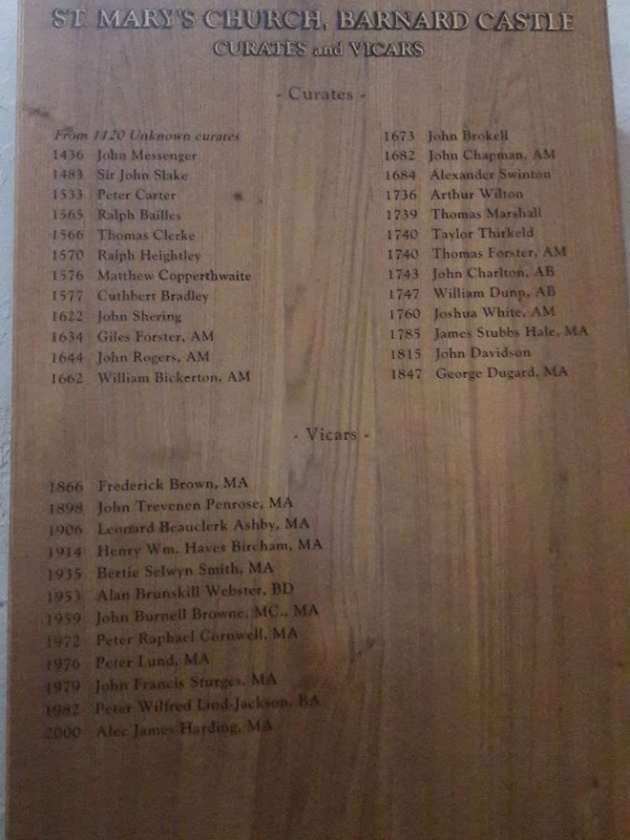
In later centuries some curates of Barnard Castle were pluralists ie. they were in charge of several (sometimes quite geographically-distant) churches, usually for the increased income this allowed them! This is also known as “holding more than one living” and it meant that the curate didn’t necessarily live or even work in Barnard Castle. They could pay a junior priest to be a “sub-curate”, who would undertake all their duties at the church (but for less pay!) Revd Stubbs Hale seems to have employed several “assistant curates” to serve as minister to St Mary’s in the late C18th and early C19th. Revd. George Dugard (1847-65) was the very last curate, serving the parish faithfully in person for 18 years through a cholera epidemic and tricky societal changes. After Revd. Dugard, as Barnard Castle had grown in size with the arrival of the railways, St Mary’s ceased to be a daughter church of Gainford and became an independent parish with its own vicar.
[In the earlier centuries, where it is unclear if a specific priest is dedicated solely to work at St Mary’s, the name of the vicar at St Mary’s Gainford is given.]
